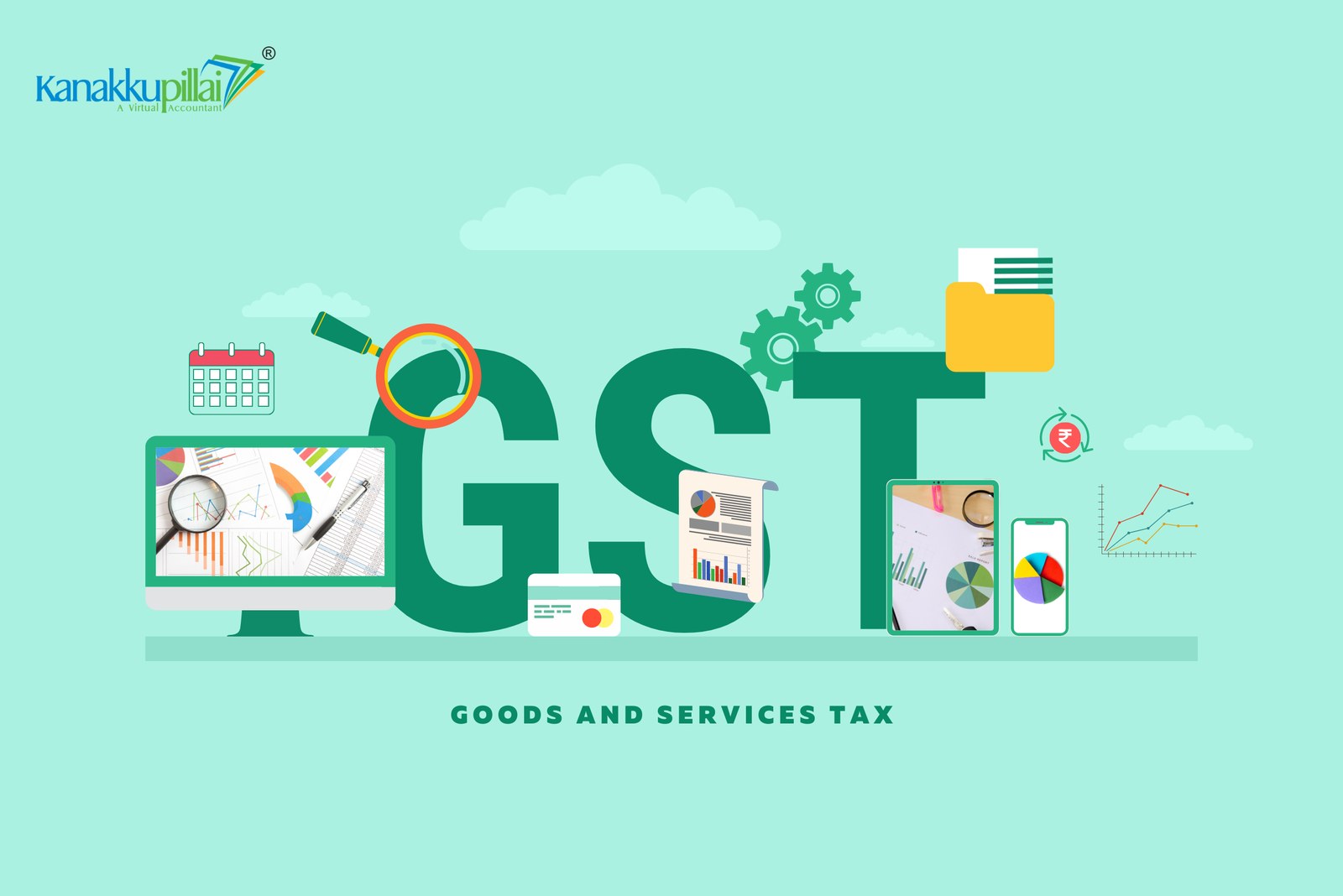![]()
Basic Concept of GST
The introduction of Goods and Services Tax (GST) has significantly impacted the economy. GST is a unified tax system that combines all the state taxes into a single entity. This concept of GST brings about rationalization and expansion of the tax structure. It also creates harmonization of the tax system across different states. Before the introduction of GST, there were variations in Value Added Taxes (VAT) across states, leading to confusion. GST eliminates this confusion by combining all the indirect taxes into one for each state and distinguishing between the central and state taxes. Additionally, GST acts as a cost-cutting method in the production and circulation of goods and services, contributing to the overall growth of the GDP. This article aims to cover the basic concepts of GST.
TAX RATES
The study of GST comprises various statistical information, and tax rates are classified into five types for different goods and services: 0%, 5%, 12%, 18%, and 28%. However, electricity, petroleum, and liquor are not included in GST and are taxed under the traditional tax structure.
Zero percent tax rate:
Certain goods are taxed at a zero percent GST rate. Examples of such goods include wheat, barley, oats, and kajal (excluding kajal used as liners).
Five percent tax rate:
Goods and services such as Brailie’s reading system, Brailie’s hearing system, cashew nuts, walking sticks, agarbatti, etc., are taxed at a five percent GST rate.
Twelve percent tax rate:
Products like mustard sauce, tomato sauce, board games, carom boards, notebooks, diagnostic reagents, knives, cake knives, etc., fall under the twelve percent tax rate category.
Eighteen percent tax rate:
Products such as weighing machines (other than electronic weighing machines), electric transformers, school bags (other than leather bags), etc., are taxed at an eighteen percent GST rate.
Twenty-Eight percent tax rate:
Certain goods like paan masala, motorcycles, casino services, kajal liners, etc., fall under the twenty-eight percent tax rate category.
IMPACT OF GST ON THE COUNTRY’S ECONOMY:
a) The impact of GST on the economy is greater in the service sector compared to the trading sector.
b) The introduction of GST has led to a significant increase in tobacco and paan masala prices, discouraging their consumption. On the other hand, basic products like wheat and barley have experienced price reductions.
c) Before GST, each state had its tax laws, which posed challenges for foreign investors. However, with the introduction of a unified tax system across all states, it has become easier to transfer goods and services, reducing the concerns of foreign investors.
d) GST has increased tax collection as all individuals and businesses are now included in the tax system, ensuring broader tax compliance.
e) The implementation of GST has also played a role in reducing corruption. Both the central and state governments oversee the payment of taxes, adding a layer of accountability.
f) One of the notable outcomes of introducing GST is the evident growth in the country’s GDP.
CONCLUSION
The introduction of GST in the economy has proven to be an effective process that fosters economic growth. Basic products like rice, wheat, and barley are subject to a low GST tax rate compared to other products, indicating the positive impact of GST on society.
Related Services
FAQs
1. What is Goods and Services Tax (GST) in India?
GST is a comprehensive indirect tax system implemented in India, unifying multiple taxes into a single tax structure to simplify taxation.
2. What are the objectives of implementing GST in India?
The main objectives of GST in India are to streamline taxation, eliminate cascading effects, enhance ease of doing business, and promote economic growth.
3. How does GST work in India?
GST is levied at each stage of the supply chain, allowing for the input tax credit. It applies to the supply of goods and services with central and state components.
4. What are the different types of GST in India?
There are three types of GST in India: Central Goods and Services Tax (CGST), State Goods and Services Tax (SGST), and Integrated Goods and Services Tax (IGST).
5. What is the significance of the GST Council in the GST system?
The GST Council is a constitutional body responsible for making decisions on GST rates, exemptions, and other related matters to maintain uniformity across states.
6. How does GST benefit businesses in India?
GST simplifies tax compliance, eliminates tax cascading, promotes seamless inter-state trade, and provides input tax credit, reducing the tax burden on businesses.
7. Are there any exemptions under GST in India?
Yes, certain goods and services are exempted from GST, such as basic food items, healthcare, education, and specific government services.
8. How has GST impacted the Indian economy?
GST has led to increased tax revenue, improved tax compliance, reduced logistics costs, and facilitated the ease of doing business, contributing to economic growth.
9. Can small businesses register under GST in India?
Yes, businesses with an annual turnover above the prescribed threshold (currently INR 40 lakhs for most states) are required to register under GST.
10. What are the key challenges faced in implementing GST in India?
Some challenges include technology-related issues, initial compliance complexities, adapting to new procedures, and addressing transitional issues for certain sectors.





